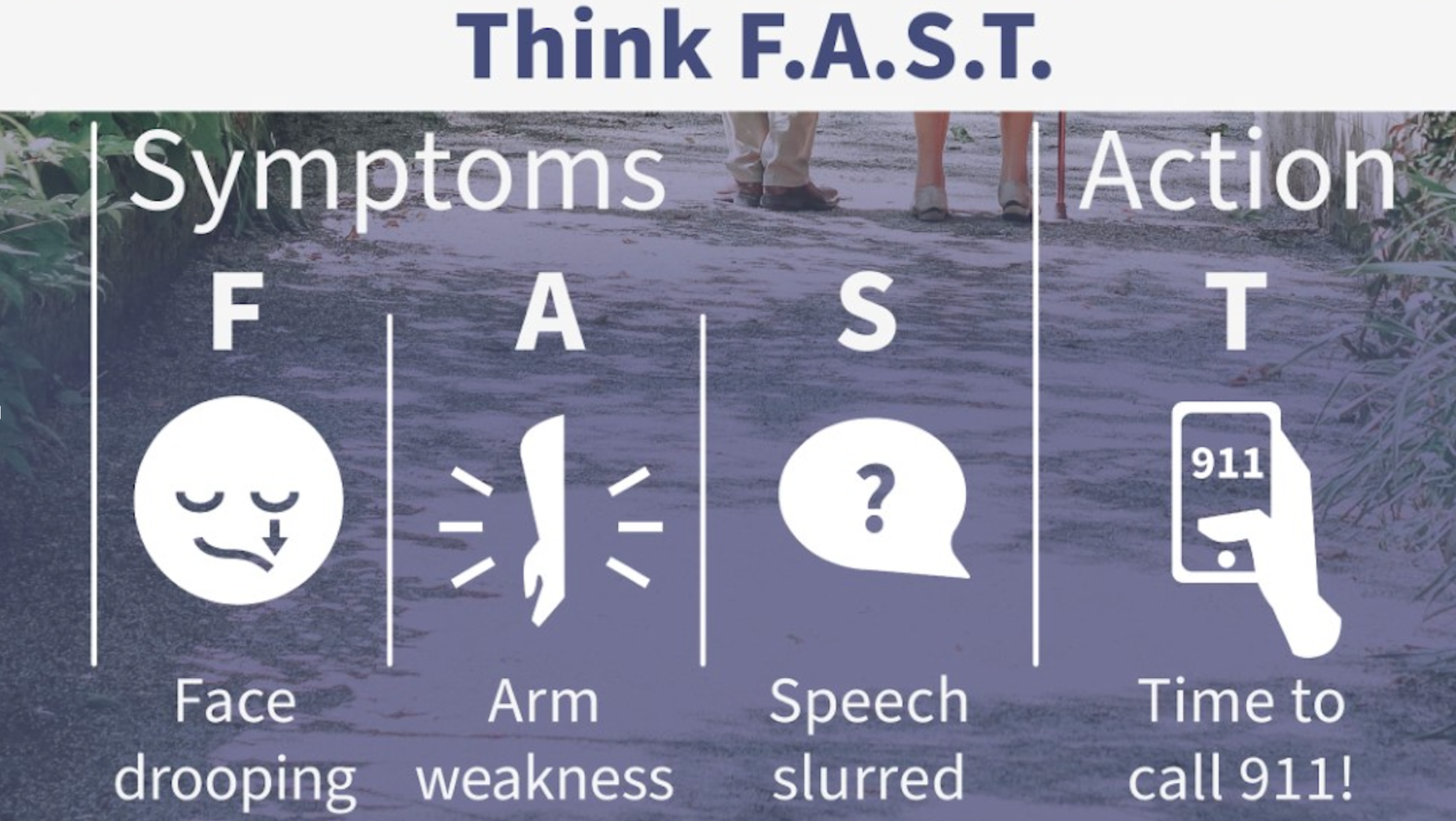What Is A Stroke?
By Madeline Shepard A stroke is a medical emergency that occurs when blood flow to a
part of the brain is reduced or restricted. This prevents brain tissue
from getting oxygen, and causes brain cells to die within minutes.
Immediate medical attention is important for stroke victims to limit
damage to the brain.
According to the Center for Disease Control, stroke is the fifth
leading cause of death and a leading cause of disability in the
United States. Over 795,000 Americans have strokes every year,
leading to about 140,000 deaths. People of all ages, genders, and
races can be affected by stroke.
Signs and Symptoms of Stroke
The American Stroke Association recommends remembering the acronym F.A.S.T. for stroke symptoms: If you notice face drooping, arm weakness, and speech issues like slurred words or inability to speak, it is time to call 9-1-1.
Additional signs of stroke include sudden confusion, sudden loss of sight in one or both eyes, sudden trouble walking, sudden numbness or weakness on one side of the body, and severe headache.
Types of Stroke
There are two types of stroke, differentiated by their causes:
- Ischemic stroke: caused by blood clots blocking the blood supply to the brain.
- Hemorrhagic stroke: caused by a ruptured blood vessel, preventing the flow of blood to the brain.
